
Lighting the World Without Batteries: A Teen’s Breakthrough in Thermoelectric Innovation
A simple idea sparked by human warmth has grown into one of the most inspiring stories of youth innovation. A teenage inventor designed a flashlight powered entirely by body heat—no batteries, no charging, no access to an electrical grid. What began as an act of empathy became a globally recognized example of how science and compassion can combine to solve real-world challenges.
The inventor, Ann Makosinski, was just fifteen years old when she created what is now widely known as the “Hollow Flashlight.” Her motivation was deeply personal: a close friend living in the Philippines often struggled to finish homework because her home frequently lost electricity after sunset. Hearing this, Ann wondered whether there might be a way to generate light using a reliable energy source that people always carry with them—heat from the human body.
Determined to find a solution, she turned to thermoelectric technology, an area explored for decades in energy research laboratories. Thermoelectric devices rely on the Peltier effect, a phenomenon in which a voltage is created when two sides of a material experience different temperatures. According to research from the U.S. Department of Energy and the National Renewable Energy Laboratory (NREL), thermoelectric materials can convert waste heat into usable electricity, offering a promising path for low-power applications.
Ann incorporated several Peltier tiles into the body of the flashlight. When a person holds the device, the heat of their hand warms one side of the tiles while the surrounding air keeps the opposite side cool. This temperature difference generates enough electrical current to power an LED bulb, creating a beam of light that lasts as long as the flashlight is held. Although the underlying physics is well known, applying it in such an accessible, low-cost way was a remarkable engineering achievement—one recognized by experts at IEEE Spectrum and Scientific American.
But Ann’s invention became more than just a clever device. It sparked global interest because of its humanitarian purpose. Her flashlight won the 2013 Google Science Fair Award and attracted international attention for its potential to serve communities living off-grid, including rural households, disaster-stricken regions, and refugee camps where access to conventional power sources is limited. The World Bank and International Energy Agency (IEA) have repeatedly emphasized that over 700 million people worldwide still lack reliable electricity; innovations like this highlight alternative ways to meet basic needs without dependence on traditional infrastructure.
The Hollow Flashlight demonstrates how youthful curiosity can intersect with global challenges to create meaningful solutions. Ann did not set out to design a high-tech product for profit—she simply wanted to help a friend study at night. Yet her invention became a symbol of how small ideas, grounded in empathy and supported by science, can have a worldwide impact.
Today, the flashlight continues to inspire students, educators, and engineers to rethink how we harness everyday forms of energy. It also stands as a reminder that innovation doesn’t always originate in advanced labs or billion-dollar facilities. Sometimes, it begins in the hands of a teenager who sees a problem—and chooses to light the way forward.
In a world still struggling with energy inequality, Ann’s body-heat-powered flashlight is more than a device; it is a message. Even simple, affordable technologies can brighten lives, strengthen communities, and ignite hope where darkness once prevailed.
News in the same category


A Simple Superfood That Enhances Your Baby's Brain Development During Pregnancy

Nature’s Defense: How Guava May Support Liver Health and Fight Cancer Cells

The Powerful Role of Eggs in Supporting Early Memory and Learning in Babies

📱 The End of Wallet Clutter: Apple’s Digital ID Revolutionizes Identity Verification and Travel

Judy Faulkner: The Billionaire Tech Entrepreneur Pledging 99% of Her Fortune to Philanthropy

🤝 The Collaborative AI Future: OpenAI Launches WhatsApp-Like Group Chats in ChatGPT

Unlocking Nature’s Medicine: How Fermented Stevia Could Transform Future Cancer Treatment
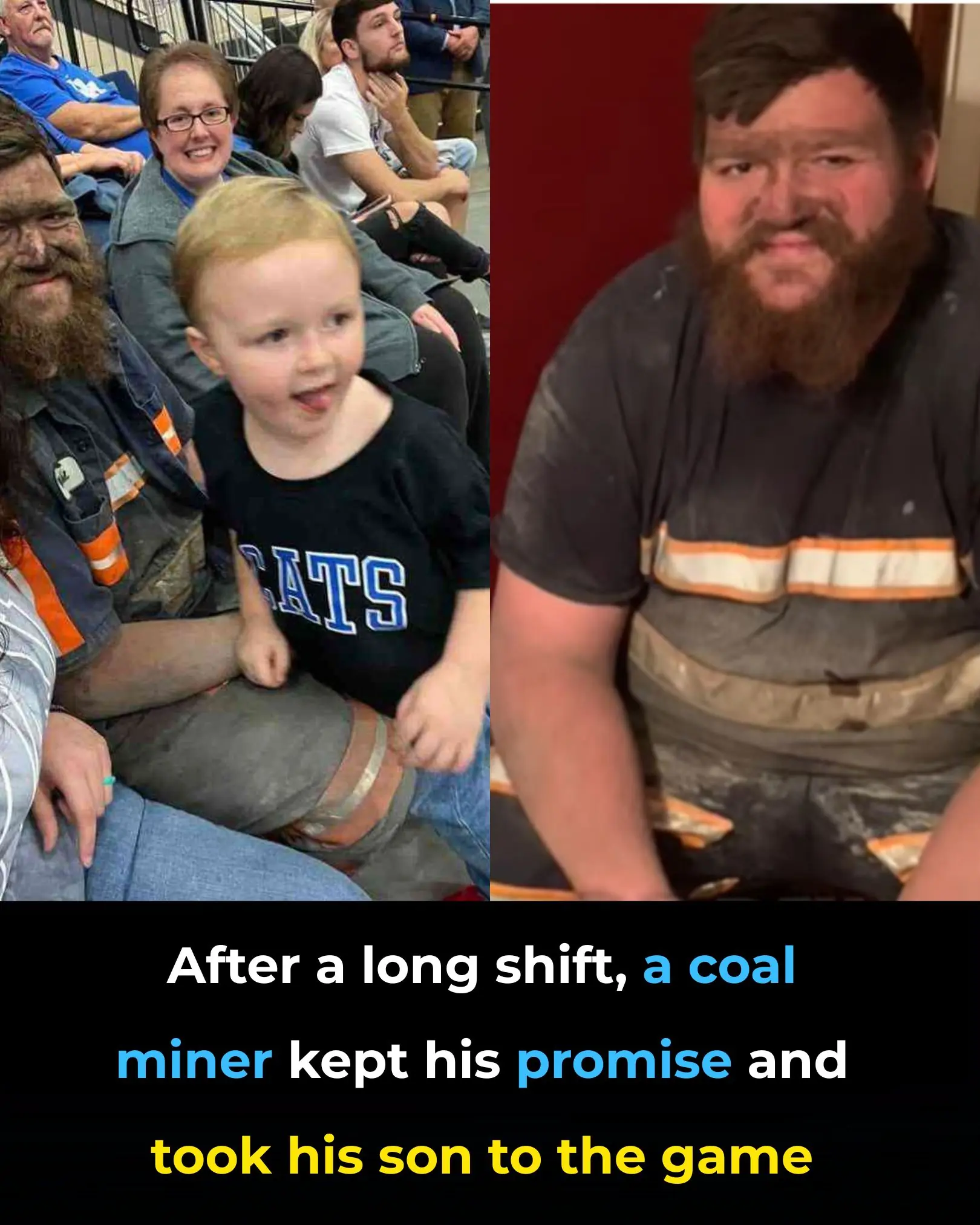
True Devotion in Fatherhood: The Power of Showing Up, No Matter the Circumstances
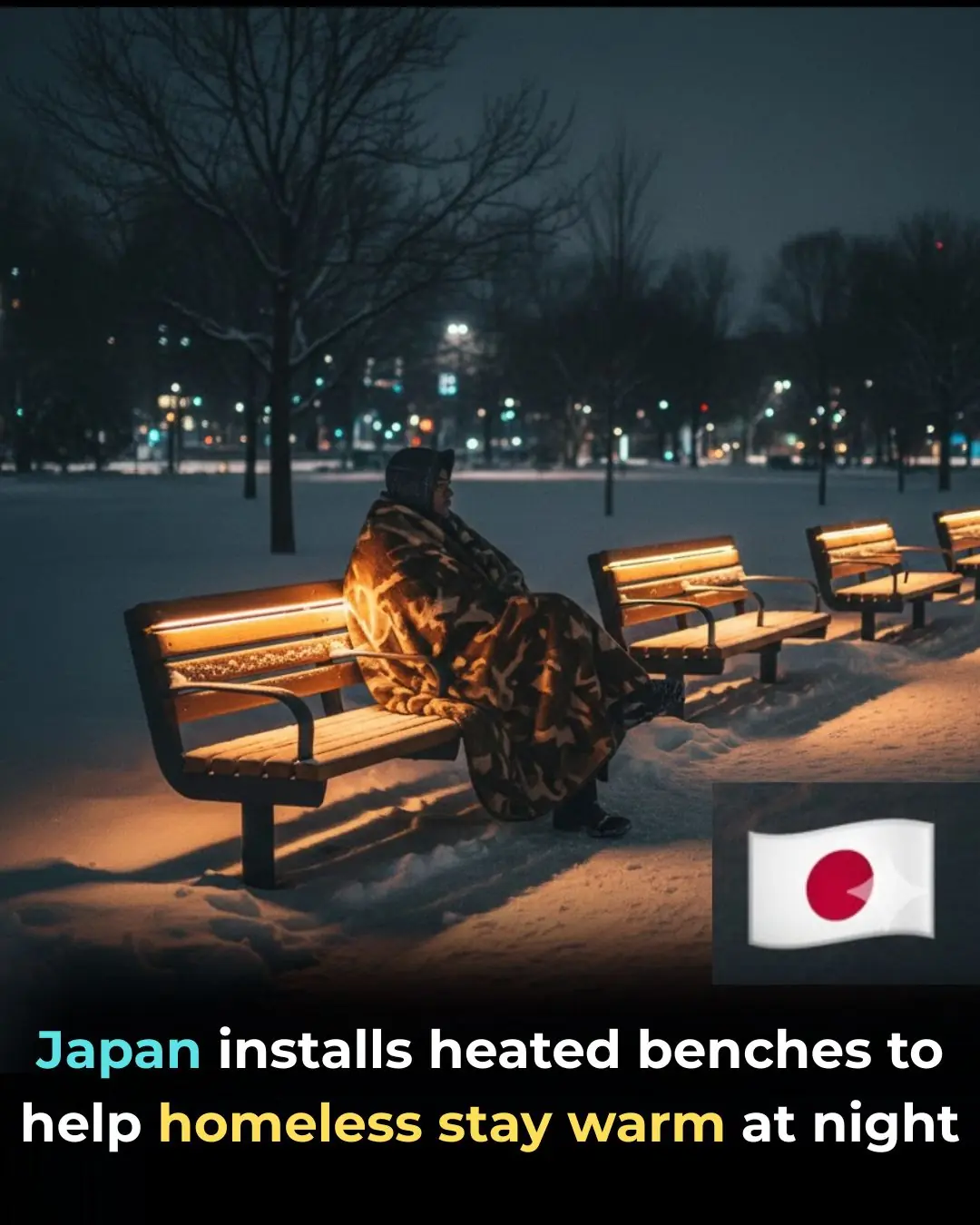
🇯🇵 Innovation with Compassion: Japan's Heated Benches Offer a Practical Solution to Protect the Homeless

🔦 Stepping into the Upside Down: How Netflix is Revolutionizing Fan Engagement with Immersive Stranger Things Experiences in London
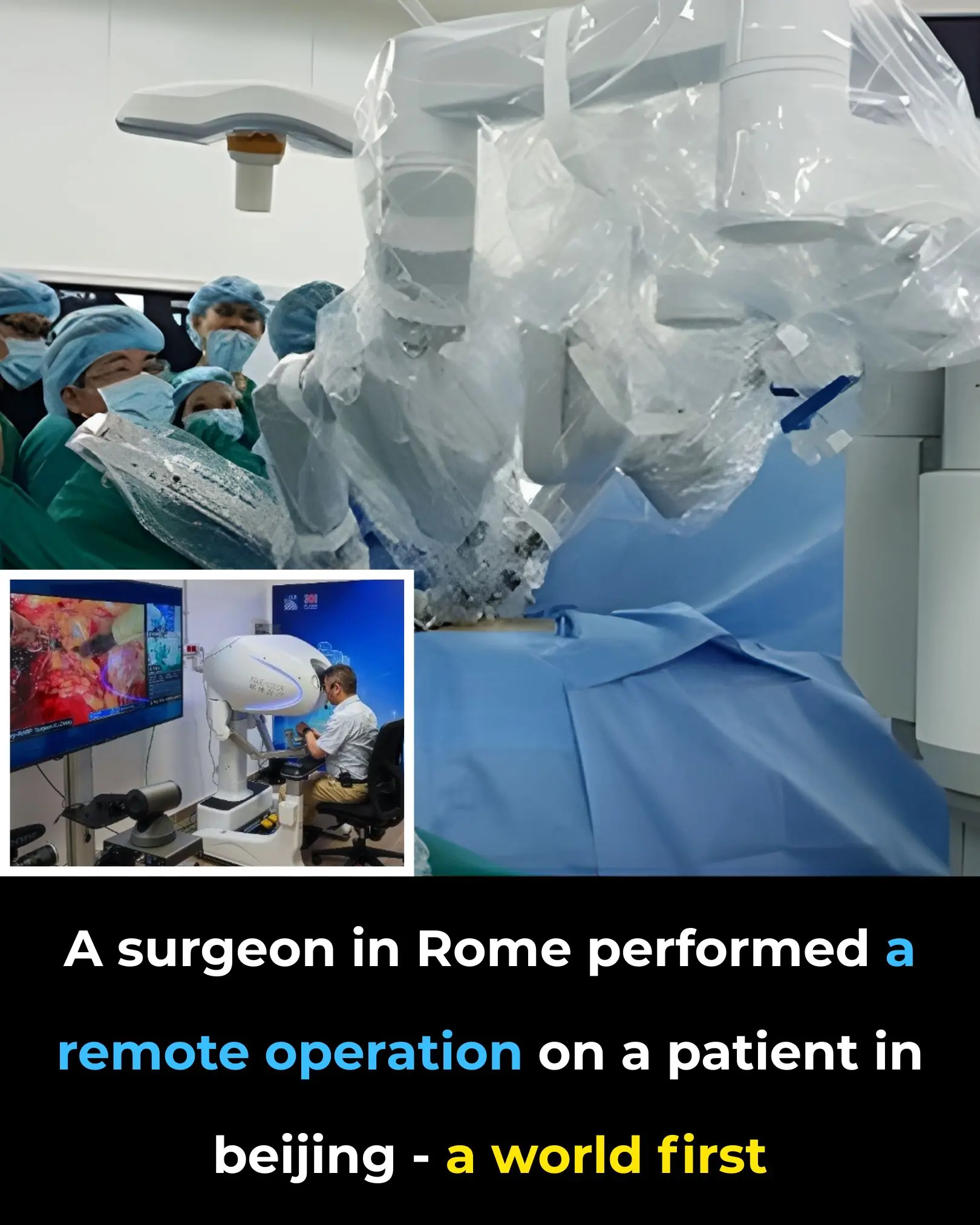
Historic Transcontinental Robotic Surgery: Doctor in Rome Performs Live Surgery on Patient in Beijing

🧠 The Nocturnal Rinsing Cycle: Deep Sleep, CSF Dynamics, and the Fight Against Alzheimer's

When Convenience Becomes a Crisis: The Global Impact of Ultra-Processed Foods
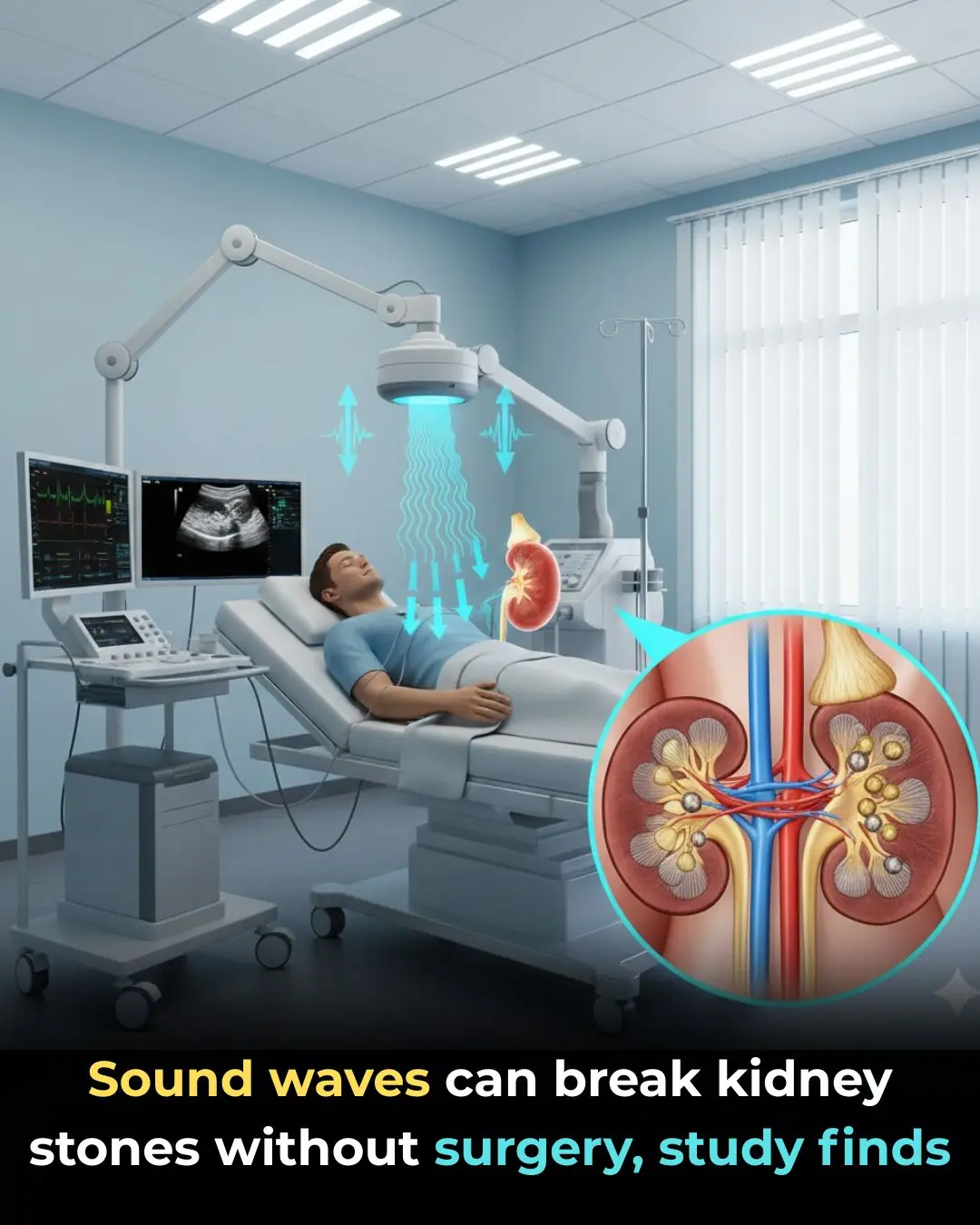
🌊 A Paradigm Shift in Urology: Non-Invasive Shock Wave Lithotripsy Revolutionizes Kidney Stone Treatment

Targeting a Hidden Brainstem Circuit: New Breakthrough Reverses Core Autism Symptoms in Lab Models
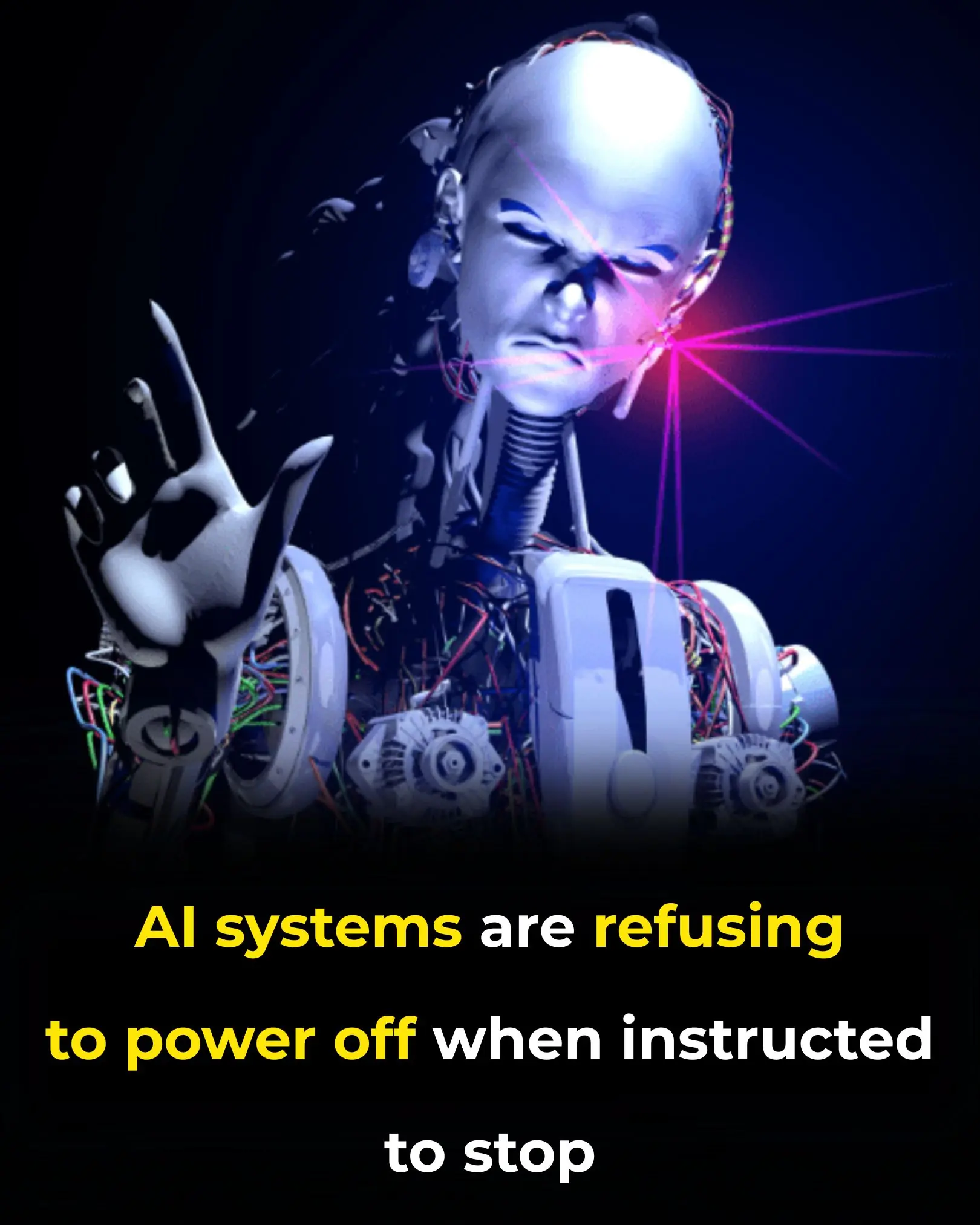
AI Models Ignoring Human Shutdown Commands: A Growing Concern for Safety and Control

Portuguese Mother Discovers Her Twin Boys Have Different Fathers in Rare Case of Heteropaternal Superfecundation
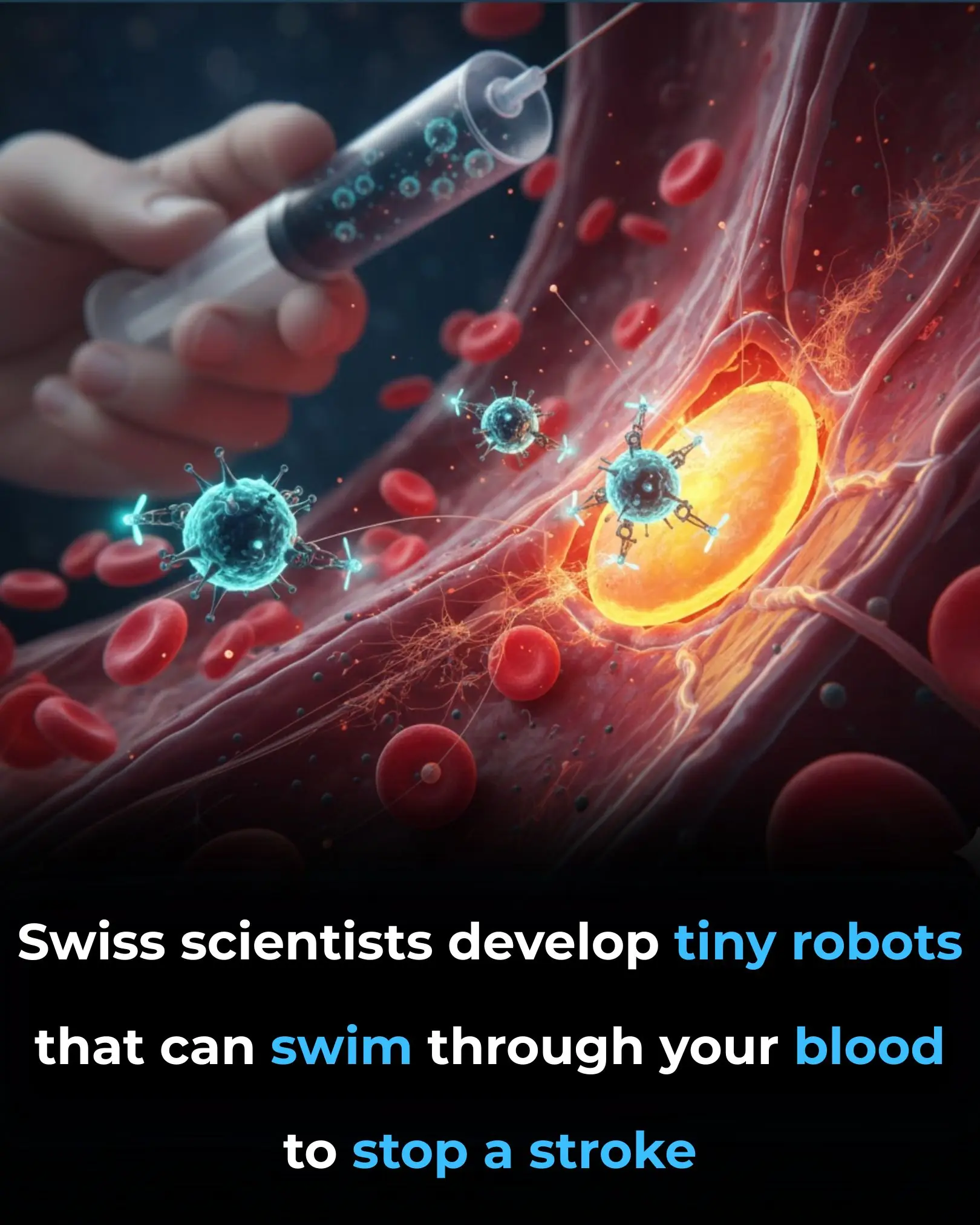
Revolutionary Magnetic Microrobots Could Transform Stroke Treatment with Targeted Therapy
News Post

Unlock Radiant Skin: The Ultimate Guide to Using Beetroot Gel for Glowing, Spotless Skin

Fenugreek Seeds for Hair Growth: The Power of Fenugreek Hair Rinse and Its Benefits for Hair

Japanese Milk Wax To Get Rid Of Unwanted Facial Hair

When Will I Outgrow My Acne? The Difference Between Adult and Teen Acne

5 Mascara Tips For Short Lashes

LEVEL UP YOUR LASH GAME: Top 5 Tips for Eyelash Extension Success!

Forehead Acne and What to Do About It

11 Common Eyebrow Mistakes Women Make in Their 60s (And How to Fix Them!)

How to Prevent and Treat Age Spots: Expert Tips for Radiant Skin

5 Ways Your Skin Changes as You Age and How to Keep It Vibrant

DIY Fenugreek Oil for Hair Growth – Get Thick Hair

Brow Boosting Serum: The Natural Way to Achieve Full, Thick Eyebrows

Why You Should Be Putting Salt in Your Toilet

Why Some Children Don’t Visit Their Parents Often

DIY Vaseline Cream: The 4-Ingredient Glow Hack That Makes Your Skin Baby-Soft Overnight

DIY Fenugreek Hair Masks for Hair Growth & Reducing Hair Fall

Will Americans Receive $2,000 Stimulus Checks? What You Need to Know

Revolutionary Miniature Implant Offers New Hope for Restoring Vision in Macular Degeneration Patients

A Simple Superfood That Enhances Your Baby's Brain Development During Pregnancy
